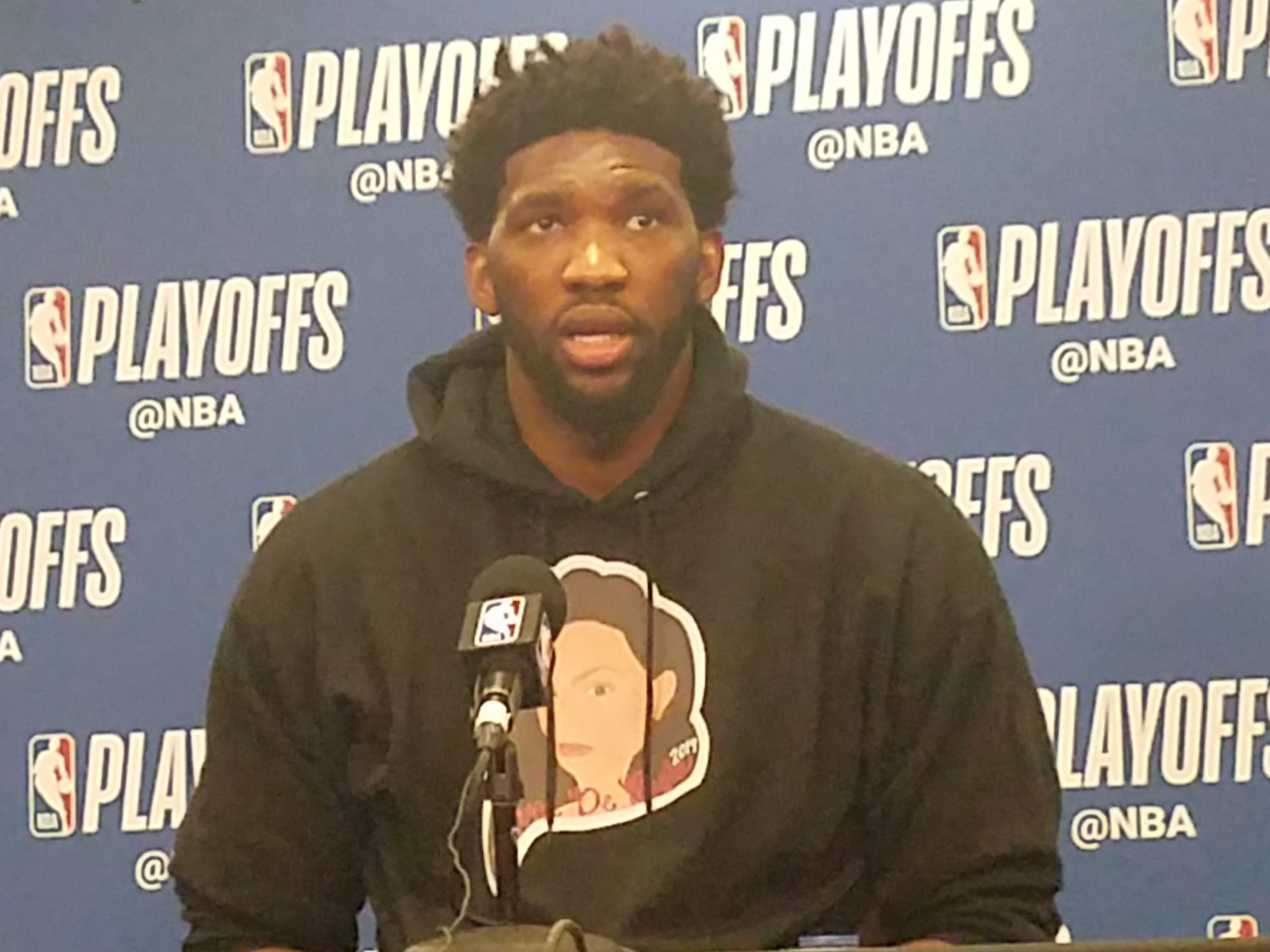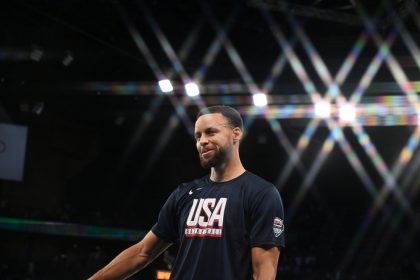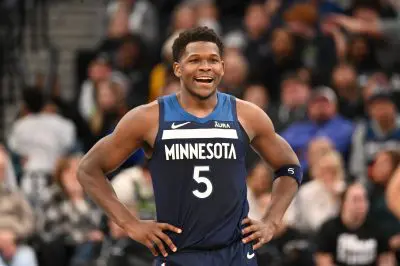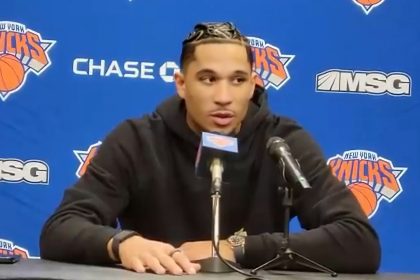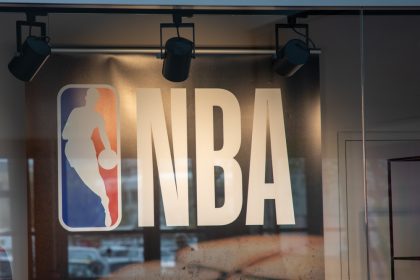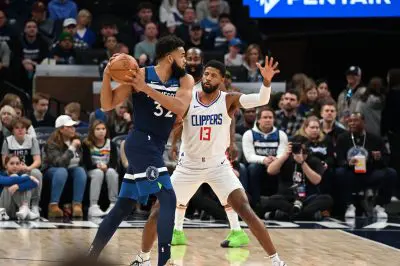The Philadelphia 76ers organization finds itself approaching a pivotal moment following a season that fell well short of championship aspirations. With the NBA draft lottery scheduled for May 12 in Chicago, the franchise faces a high-stakes scenario that could significantly alter their rebuilding timeline and roster construction options.
After finishing among the five worst teams in the league, Philadelphia now looks toward the lottery as a potential opportunity to add premium young talent. However, the situation comes with considerable uncertainty due to previous trade agreements that have placed strict conditions on their draft position.
The conditional pick situation creates unique pressure
The most pressing concern for Philadelphia heading into the lottery involves the conditional nature of their first-round selection. The pick remains with the 76ers only if it falls within the top six positions of the draft order. Should the ping-pong balls place them seventh or lower, the selection would transfer to the Oklahoma City Thunder as part of a previous trade agreement.
This condition creates extraordinary pressure on the franchise, as losing the pick would eliminate their most valuable avenue for adding affordable talent to a roster already constrained by salary cap limitations. The difference between securing the sixth pick versus dropping to seventh represents far more than a single draft position, it potentially means the difference between adding a premium prospect or walking away empty-handed.
The statistical probability calculations provide both hope and anxiety for Philadelphia. Based on their final regular season standing, the team holds specific lottery odds that give them a reasonable chance at retaining their selection. However, the mathematical reality also includes significant probability of falling outside the protected range.
Salary cap constraints limit alternative roster-building paths
The 76ers have allocated the majority of their salary cap space to three players – Joel Embiid, Tyrese Maxey, and Paul George. This concentration of financial resources creates limited flexibility for adding impact talent through free agency or trades without moving one of these cornerstones.
A successful lottery outcome would provide Philadelphia with the opportunity to add a potential high-level contributor on a rookie-scale contract. Such contracts represent exceptional value in the modern NBA economy, allowing teams to allocate resources efficiently while maintaining competitiveness. The financial efficiency of rookie deals becomes even more crucial for teams operating near luxury tax thresholds.
The alternative methods of roster improvement, mid-level exceptions, veteran minimum contracts, and trade exceptions, typically yield lower-impact additions compared to high lottery selections. This reality amplifies the importance of retaining the pick in a draft class considered to contain several prospects with star potential.
Developmental timeline aligns with championship window
The 76ers face challenging questions regarding their competitive timeline. Joel Embiid, their franchise cornerstone, has reached his prime playing years while battling ongoing injury concerns that have limited his playoff availability. This creates urgency to maximize championship opportunities during his peak seasons.
A high draft selection provides the possibility of adding a prospect who could contribute immediately while also developing alongside the current core. The ideal scenario would involve selecting a player whose developmental arc accelerates quickly enough to provide meaningful contributions during the remaining prime years of the current stars.
Should the pick transfer to Oklahoma City, Philadelphia would face difficult decisions regarding their short and long-term planning. Without the injection of affordable young talent, management might need to consider more dramatic roster restructuring to avoid competitive stagnation in an increasingly talented Eastern Conference.
Draft class strength creates heightened opportunity
Talent evaluators consider this draft class particularly strong at the top, with several prospects possessing both high floors and significant upside. This quality depth increases the potential value of securing a top-six selection, as even picking sixth could yield a prospect previously worthy of consideration in the top three of recent drafts.
The position-specific strengths of the draft class also align favorably with Philadelphia’s roster needs. Several highly-rated prospects project as complementary fits alongside Embiid and Maxey, potentially addressing specific weaknesses that became apparent during the disappointing regular season performance.
The opportunity cost of losing this particular draft pick therefore extends beyond simply missing a selection, it represents losing access to a talent pool considered exceptional by most professional scouting departments. This context makes lottery night potentially transformative for the franchise’s immediate future.
McCain selection signals organizational perspective
The decision to send rookie guard Jared McCain as the team’s lottery representative reflects both practical considerations and symbolic messaging. Before his season-ending December injury, McCain had emerged as one of the few bright developments in an otherwise challenging campaign, generating substantial Rookie of the Year consideration despite being selected outside the lottery in the previous draft.
McCain’s presence carries particular significance given his unexpected impact as a non-lottery selection. His performance demonstrated the franchise’s ability to identify and develop talent even without premium draft positioning, a capability that would become even more crucial should they lose their pick this year.
The young guard’s selection also signals organizational recognition of his importance to their future plans. Despite the abbreviated rookie season, management has positioned McCain as a potential cornerstone moving forward, with his lottery representation serving as public affirmation of that status.
Historical context frames the moment
The 76ers organization has experienced dramatic lottery outcomes previously, with ping-pong ball results significantly altering their franchise trajectory multiple times over the past decade. These experiences have created an institutional understanding of how profoundly draft positioning can influence championship contention timelines.
The team’s “Process” era explicitly prioritized draft lottery positioning as the primary mechanism for talent acquisition. While the current front office operates under different philosophical approaches, the fundamental value of lottery selections remains central to their team-building strategy.
Philadelphia fans familiar with the organization’s recent history recognize the transformative potential of lottery night. Previous high selections yielded franchise cornerstones, while certain lottery disappointments contributed to developmental setbacks that required years to overcome.
Management prepares contingency strategies
The Philadelphia front office has necessarily developed alternative approaches depending on the lottery outcome. Retaining a high pick would likely trigger one strategic direction focused on integrating a premium prospect into the existing core. Losing the pick would accelerate consideration of more dramatic moves involving current roster assets.
Basketball operations personnel have conducted extensive scouting throughout the college basketball season, evaluating prospects specifically through the lens of fit alongside Embiid and Maxey. This preparation ensures they can move decisively regardless of their exact draft position, provided the selection remains within the protected range.
The organization has simultaneously explored alternative roster improvement avenues should the pick transfer to Oklahoma City. These contingencies include potential trade packages, free agent targets, and development plans for current young players who would assume greater importance absent a high draft addition.
Broader implications for the Eastern Conference landscape
The outcome of Philadelphia’s lottery participation carries significance beyond the organization itself. The Eastern Conference competitive hierarchy remains fluid, with several teams positioned to make substantial improvements through the draft and subsequent roster moves.
A scenario where the 76ers add a high-level prospect to their established core could accelerate their return to contention status. Conversely, losing the pick might create opportunity for conference rivals to establish more substantial competitive advantages.
The interconnected nature of team building creates ripple effects throughout the league. 76ers’ lottery result will influence not just their own decisions but potentially trigger alternative approaches from competing front offices responding to the evolving competitive landscape.
The wait continues with mounting anticipation
As the May 12 lottery approaches, the organization faces an unusually consequential waiting period. Unlike playoff teams still competing or lottery teams with unconditional picks, Philadelphia confronts a binary outcome with dramatically different implications for their immediate future.
Team officials, coaching staff, and players recognize the pivotal nature of the upcoming result. While the lottery itself involves entirely random chance, the preparation leading to that moment and the strategic response afterward will test the front office’s ability to navigate uncertainty.
For 76ers fans, the lottery night represents another critical inflection point for a franchise that has experienced dramatic highs and disappointing setbacks over recent seasons. The ping-pong ball combinations revealed in Chicago will provide either renewed optimism or another challenging obstacle for a team seeking to maximize its championship window around a generational yet fragile talent in Joel Embiid.

